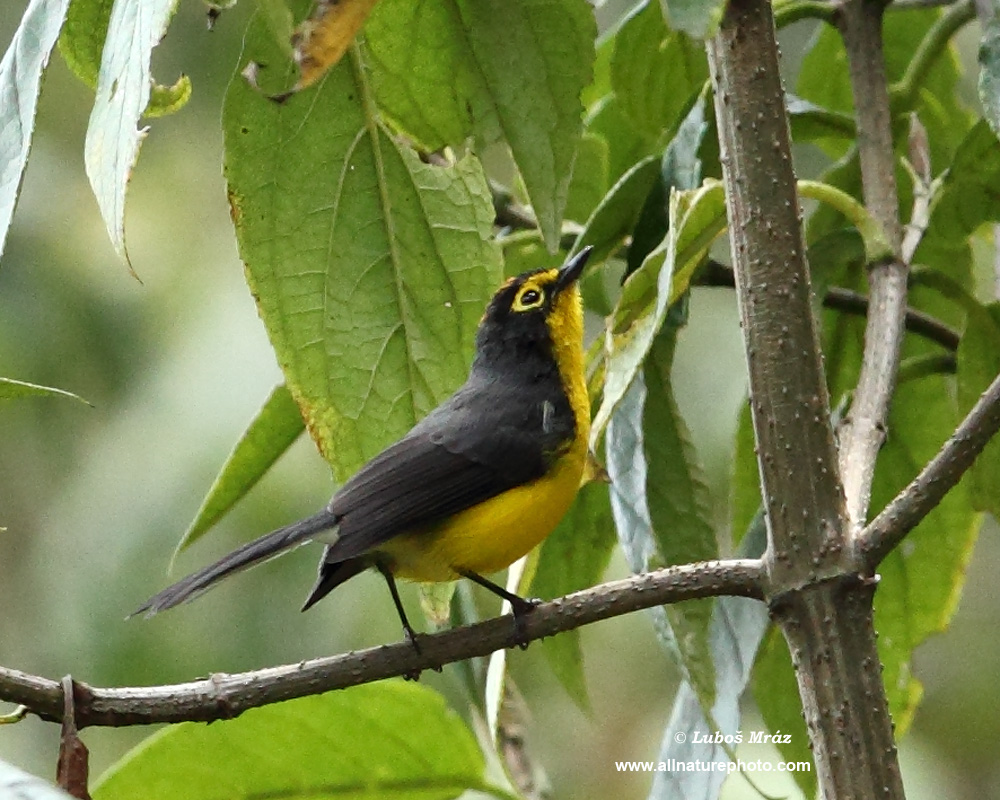Myioborus Melanocephalus: The Spectacular Black-capped Yellow Warbler
Share
The Myioborus melanocephalus, commonly known as the Black-Capped Yellow Warbler, is a captivating bird species belonging to the family Parulidae. This article delves into the taxonomy, habitat, behavior, and conservation status of this remarkable bird, providing birdwatchers and nature enthusiasts with a comprehensive understanding of its significance in the ecosystem.

Taxonomy
The Black-Capped Yellow Warbler is classified under the order Passeriformes and the suborder Oscines. Its scientific name is derived from the work of Tschudi in 1844, who first described the species in the "Archiv für Naturgeschichte." The species is further categorized into the subspecies melanocephalus, which is primarily found in the humid temperate zones of the Eastern Andes of Peru, extending from Amazonas south to Ayacucho.
Physical Characteristics
The Black-Capped Yellow Warbler is easily identifiable by its striking plumage. The most notable feature is its black cap, which contrasts beautifully with its bright yellow underparts. The wings and back are olive-green, providing a subtle yet attractive appearance. Adult birds typically measure around 12 to 13 cm in length, making them small yet vibrant members of the warbler family.

Habitat
This species thrives in the humid temperate zones of the Eastern Andes, particularly in areas with dense vegetation. The Black-Capped Yellow Warbler prefers montane forests, where it can be found at elevations ranging from 2,000 to 3,500 meters. The lush environment provides ample cover and food sources, making it an ideal habitat for this warbler.
Diet
The diet of Myioborus melanocephalus primarily consists of insects and other invertebrates, which it forages for among the foliage. During the breeding season, they may also consume fruits and seeds, particularly when insects are less abundant. Their foraging behavior often involves flitting between branches and leaves, showcasing their agility and keen eyesight.

Behavior
The Black-Capped Yellow Warbler is known for its lively and active behavior. They are often seen in pairs or small groups, especially during the breeding season. Their song is a series of melodious notes, which they use to communicate with each other and establish territory. These warblers are also known for their acrobatic flight patterns, which include quick bursts of movement as they navigate through their forested habitat.

Reproduction
Breeding typically occurs between the months of April and August. The female constructs a cup-shaped nest, usually hidden in dense vegetation, where she lays a clutch of 2 to 4 eggs. Both parents participate in feeding the chicks, which fledge approximately 10 to 12 days after hatching. The nurturing behavior of the parents is crucial for the survival of the young, as they are vulnerable during their early days.

Conservation Status
Currently, the Black-Capped Yellow Warbler is not considered endangered, but habitat loss due to deforestation and agricultural expansion poses a threat to its population. Conservation efforts aimed at preserving the montane forests of the Eastern Andes are essential for maintaining the delicate balance of this ecosystem and ensuring the survival of this beautiful species.
Birdwatching Tips
For birdwatchers eager to observe the Black-Capped Yellow Warbler, the best locations are the humid temperate zones of the Eastern Andes in Peru. Visiting during the breeding season increases the chances of spotting these vibrant birds. Look for them in montane forests, where their bright colors stand out against the green foliage. Patience and quiet observation are key, as they can be elusive among the dense vegetation.
In summary, the Myioborus melanocephalus is a stunning example of the beauty and diversity found within the warbler family. Its vibrant colors, lively behavior, and unique habitat make it a fascinating subject for birdwatchers and nature lovers alike. Protecting its environment is crucial for the continued existence of this remarkable species, ensuring that future generations can enjoy the sight and sound of the Black-Capped Yellow Warbler in its natural habitat.